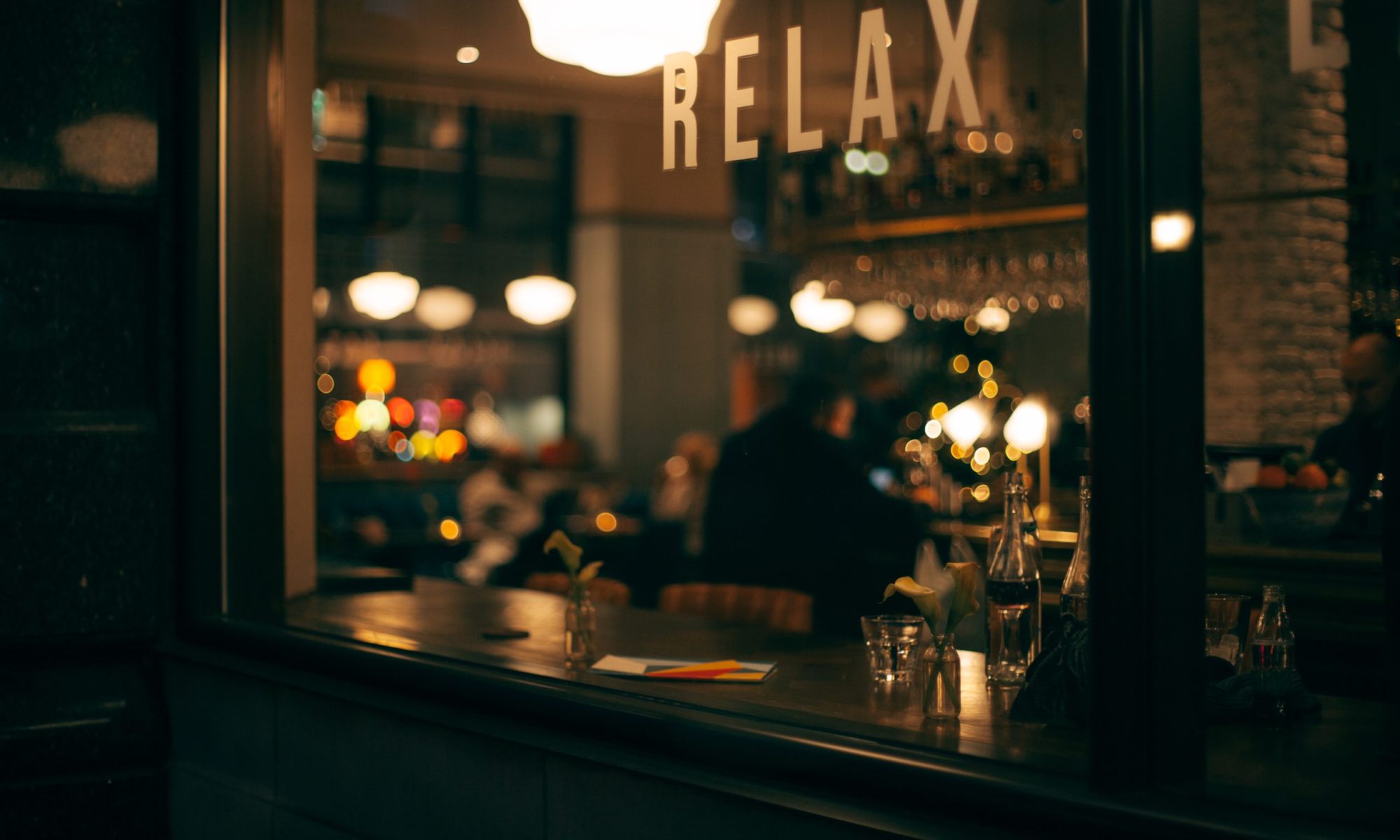Geocaching is amazing fun! Combine book-smarts, an eye for detail, a trek off someplace you wouldn’t normally go, a treasure box and tagging … all with a GPS and that’s Geocaching. For those getting started, here are some pointers. First, you need to sign up at Geocaching.com then you need to look at the caches near your area by clicking on “Hide and Seek a Cache” then plugging in an address in the “Seek A Cache” section where it says “by Address”.
I suggest your maiden voyage is with a fellow Geocacher. If not, remember the following:
- Wear clothes appropriate for walking in the brush, mud, sand, etc.
- GPS can only get you so close. Sometimes it’s spot on, but most times it’s within 6 to 30 feet.
- Look in spots where *you* would hide small bottles or containers. (for example: hanging on treelimbs, under piles of rocks, etc)
- Don’t dig through garbage. When I started, I would find tons of trash. Remember that trash is temporary and usually more recent than a cache. Caches are hidden for permanence.
- Bring a pen and some trinkets to trade.
- Keep it safe. Don’t go for the cliff. It’s not there.
- Get seasoned on a few regular sized caches before your first nano, if possible.
- read descriptions, hints and look at photos BEFORE searching a cache. I’ve gone gung-ho to a GPS location a couple of times before reading and finding out it was a puzzle cache at some other undisclosed location.
- Flashlights are helpful even in the daylight
- Have fun.
-Paurian


